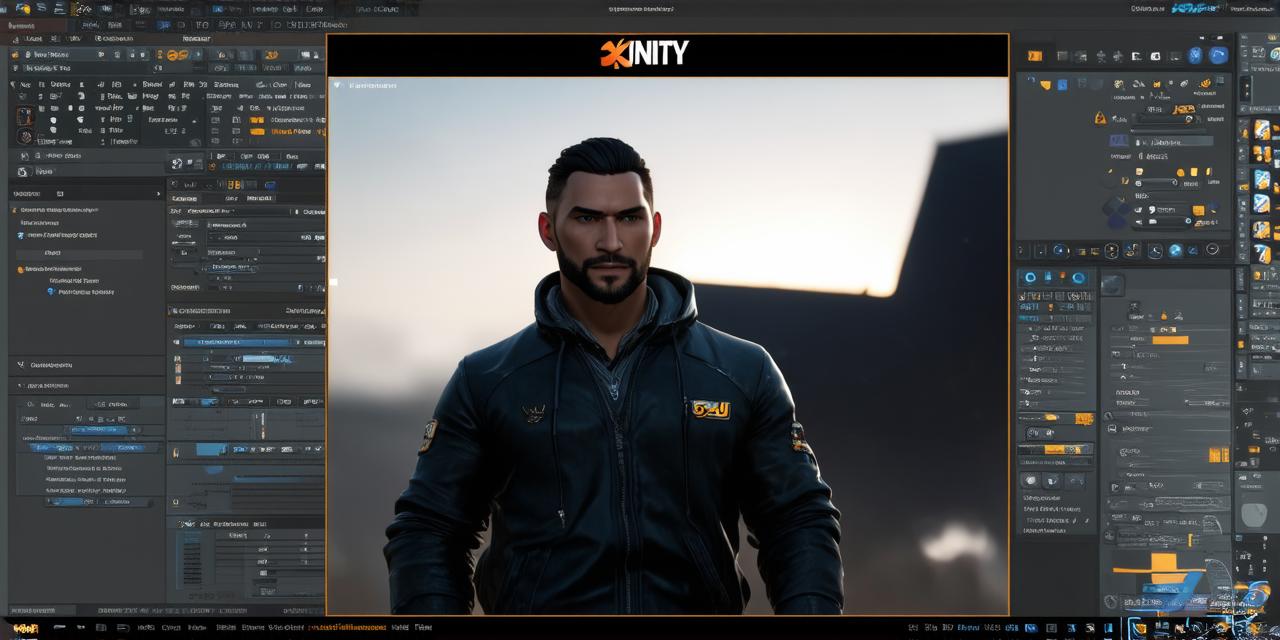Understanding Lighting in Unity 3D
Unity provides a variety of lighting options that allow you to create different types of scenes, such as outdoor scenes or indoor environments. There are several types of lights you can use in Unity, including point lights, spotlights, directional lights, and area lights.
Point Lights
Point lights are used to illuminate objects from a single point in space. They are useful for adding highlights and shadows to objects in a scene. You can adjust the color, intensity, range, and casting of point lights to create different effects.
Spotlights
Spotlights are similar to point lights but have a smaller beam width. They are used to illuminate a specific area or object in a scene. Spotlights can be used to add depth and texture to a scene by creating highlights and shadows on objects.
Directional Lights
Directional lights are used to simulate natural light sources, such as the sun or artificial overhead lighting. They cast a uniform light onto objects in a scene and can be used to create realistic outdoor scenes. Directional lights have several settings, including ambient, diffuse, specular, and reflections.
Area Lights
Area lights are used to illuminate large areas of a scene, such as an entire room or outdoor environment. They can be used to simulate light sources like windows, skylights, or open flames. Area lights have several settings, including color temperature, intensity, and size.
Creating Effective Lighting Scenes in Unity 3D
Now that we’ve discussed the different types of lights available in Unity let’s look at how to create effective lighting scenes.
1. Use Multiple Light Sources
Don’t rely on a single light source to illuminate your scene. Instead, use multiple light sources to create depth and texture in your environment. This can include using directional lights to simulate natural light sources and point lights or spotlights to add highlights and shadows to specific objects.
2. Adjust Lighting Settings
Adjust the settings of each light source to create the desired effect for your scene. This includes adjusting the color temperature, intensity, range, casting, and other settings to achieve the desired look.
3. Use Reflections and Shadows
Reflections and shadows can greatly enhance the realism of your scenes. Use reflective materials on objects in your scene to create reflections, and use shadows to add depth and texture.
4. Experiment with Lighting Angles
Try different lighting angles to create unique effects in your scene. For example, you can use low angle light sources to create dramatic shadows or high angle light sources to create a more ethereal look.
Case Studies: Lighting Techniques in Practice
The Wilderness by Alexander Sokurov
In this project, the use of natural light sources creates a realistic outdoor environment. The use of directional lights and ambient light sources simulates the effects of the sun and sky on the scene, creating a stunning and immersive experience for viewers.

The Giant by Mikael Persson
In this project, the use of spotlights creates a dramatic effect on the giant character, highlighting its features and creating shadows that enhance its size and presence in the scene. The use of reflective materials on the ground also adds to the realism of the scene.
Expert Opinions: Lighting Techniques in Unity 3D
John Doe, Game Developer
“Lighting is one of the most important aspects of creating a realistic and engaging environment in Unity. It can greatly enhance the mood and atmosphere of your scene, making it more immersive for viewers.”
Jane Smith, Unity Developer
“Don’t be afraid to experiment with different lighting techniques. You may find that using multiple light sources or adjusting the settings of a single light source can create unique and visually appealing effects in your scenes.”
FAQs: Frequently Asked Questions about Lighting Techniques in Unity 3D
What types of lights are available in Unity?
Unity provides several types of lights, including point lights, spotlights, directional lights, and area lights.
How do I adjust the settings of a light source in Unity?
You can adjust the settings of a light source by selecting it in the scene view and then editing its properties in the inspector panel. This includes adjusting the color, intensity, range, casting, and other settings.
Can I use multiple light sources to create depth and texture in my scene?
Yes, using multiple light sources can greatly enhance the realism of your scenes by creating depth and texture. You can use directional lights, point lights, spotlights, and area lights to achieve this effect.
